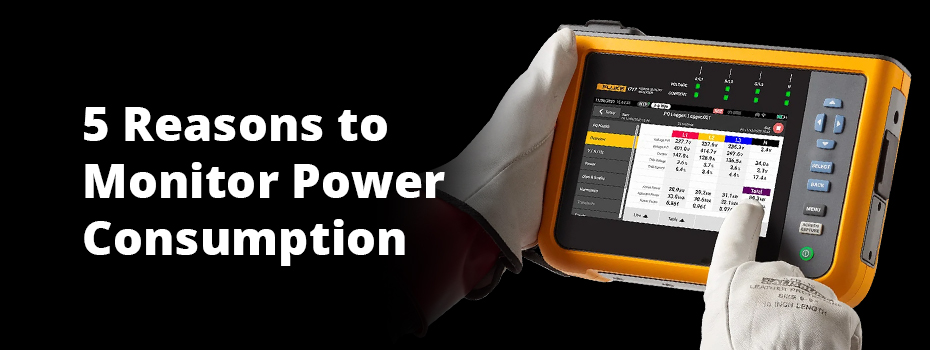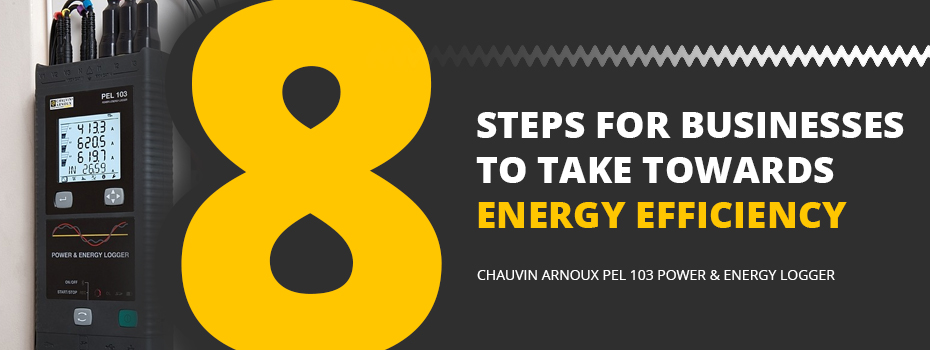 As energy prices rise and we continue to look for new ways to reduce our carbon footprints, people have been turning to thermal technology to help them insulate their homes and reduce energy costs. In January and February 2022, The Times, the BBC, and PASS all published stories about people, councils, and charities using thermal cameras to assess and address insulation issues within their homes.
Continue reading →
As energy prices rise and we continue to look for new ways to reduce our carbon footprints, people have been turning to thermal technology to help them insulate their homes and reduce energy costs. In January and February 2022, The Times, the BBC, and PASS all published stories about people, councils, and charities using thermal cameras to assess and address insulation issues within their homes.
Continue reading →energy efficiency
-
News Roundup: Thermal Cameras Used to Reduce Energy Bills & Carbon Footprints
 As energy prices rise and we continue to look for new ways to reduce our carbon footprints, people have been turning to thermal technology to help them insulate their homes and reduce energy costs. In January and February 2022, The Times, the BBC, and PASS all published stories about people, councils, and charities using thermal cameras to assess and address insulation issues within their homes.
Continue reading →
As energy prices rise and we continue to look for new ways to reduce our carbon footprints, people have been turning to thermal technology to help them insulate their homes and reduce energy costs. In January and February 2022, The Times, the BBC, and PASS all published stories about people, councils, and charities using thermal cameras to assess and address insulation issues within their homes.
Continue reading → -
Fluke’s Five Reasons to Monitor Power Consumption
 Monitoring power consumption equips you with the data needed to make important energy management decisions. Knowing your energy usage is critical to understanding the capacity of your existing electrical panel, troubleshooting circuit breaker trips, identifying energy costs, and uncovering energy waste. It can help you to maximise plant safety, decrease and verify bills while increasing energy efficiency, secure rebates and financial incentives, and locate and troubleshoot power quality issues.[1]
Continue reading →
Monitoring power consumption equips you with the data needed to make important energy management decisions. Knowing your energy usage is critical to understanding the capacity of your existing electrical panel, troubleshooting circuit breaker trips, identifying energy costs, and uncovering energy waste. It can help you to maximise plant safety, decrease and verify bills while increasing energy efficiency, secure rebates and financial incentives, and locate and troubleshoot power quality issues.[1]
Continue reading → -
Charity Uses Thermal Cameras to Reduce Property Owners’ Carbon Footprints
 Globally, heating domestic and commercial buildings ‘accounts for nearly half of all energy consumption and 40% of energy-related carbon dioxide emissions.'[1] Approximately 19% of the UK’s greenhouse gas emissions can be attributed to warming houses and workplaces, with more than three-quarters of these emissions coming from domestic dwellings.[2] Ensuring that buildings are suitably insulated and appropriately air-tight can reduce heat loss, thereby improving energy efficiency, decreasing greenhouse gas emissions, and minimising property owners’ carbon footprints.
Continue reading →
Globally, heating domestic and commercial buildings ‘accounts for nearly half of all energy consumption and 40% of energy-related carbon dioxide emissions.'[1] Approximately 19% of the UK’s greenhouse gas emissions can be attributed to warming houses and workplaces, with more than three-quarters of these emissions coming from domestic dwellings.[2] Ensuring that buildings are suitably insulated and appropriately air-tight can reduce heat loss, thereby improving energy efficiency, decreasing greenhouse gas emissions, and minimising property owners’ carbon footprints.
Continue reading → -
Eight Steps Businesses Should Take Towards Energy Efficiency
 It is estimated that most of the UK’s businesses are energy inefficient; recent studies show that some businesses are squandering 50% of their electrical energy usage. Not only is this bad for business as it drives overhead costs up and, therefore, profits down, it also results in unnecessary greenhouse gas emissions. The damaging economic impacts and positive environmental side effects of the COVID-19 pandemic mean it has never been more important to monitor energy usage. PELs (portable energy loggers), such as the Chauvin Arnoux PEL103, provide a compact, convenient, and clever solution to monitoring, optimising, and subsequently reducing energy consumption.[1]
Continue reading →
It is estimated that most of the UK’s businesses are energy inefficient; recent studies show that some businesses are squandering 50% of their electrical energy usage. Not only is this bad for business as it drives overhead costs up and, therefore, profits down, it also results in unnecessary greenhouse gas emissions. The damaging economic impacts and positive environmental side effects of the COVID-19 pandemic mean it has never been more important to monitor energy usage. PELs (portable energy loggers), such as the Chauvin Arnoux PEL103, provide a compact, convenient, and clever solution to monitoring, optimising, and subsequently reducing energy consumption.[1]
Continue reading → -
Introducing Portable Energy Loggers: What Are PELs & Do You Need One?
 Portable energy loggers, or PELs, are compact, comprehensive test instruments that measure, monitor, and record an array of electrical parameters. They can be used to troubleshoot electrical systems and, more importantly, identify sources of energy and/or power wastage contributing to inflated utility bills, as well as excessive and unnecessary greenhouse gas emissions.[1]
Continue reading →
Portable energy loggers, or PELs, are compact, comprehensive test instruments that measure, monitor, and record an array of electrical parameters. They can be used to troubleshoot electrical systems and, more importantly, identify sources of energy and/or power wastage contributing to inflated utility bills, as well as excessive and unnecessary greenhouse gas emissions.[1]
Continue reading →
Page
- Page Previous
- Page 1
- You're currently reading page 2


